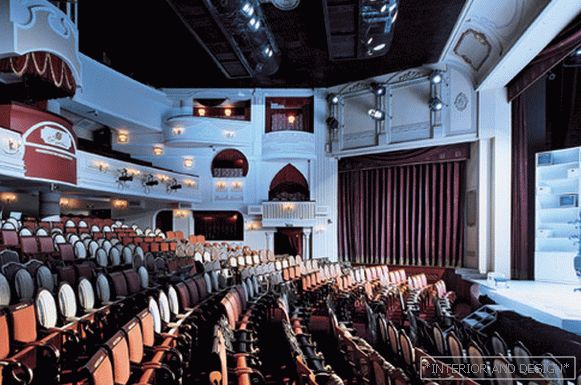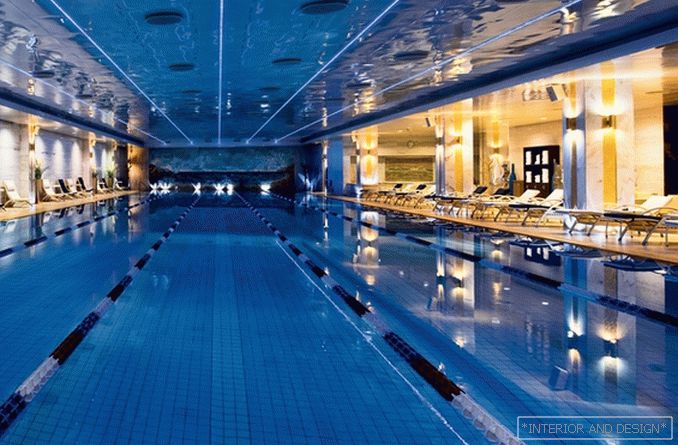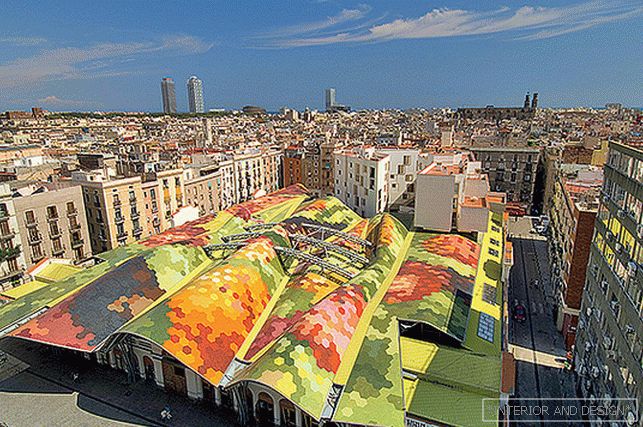In Russia and England - modern, in Germany - art nouveau, in Austria - secession, in Italy - liberty, in France - art nouveau. He seeks to maximize the synthesis of all parts of the interior. Furniture literally comes out of the walls. Console shelves grow from scrolls of wall sculpting or carving
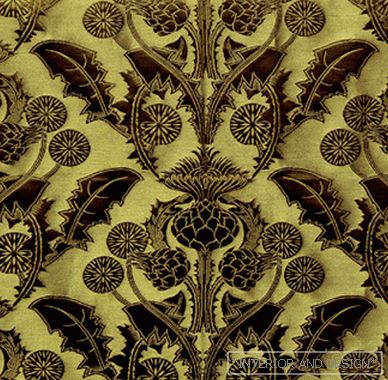
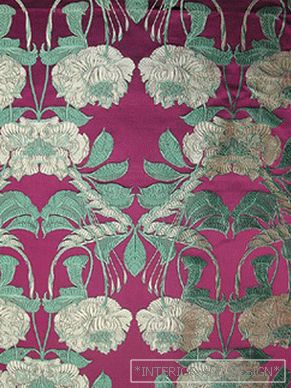

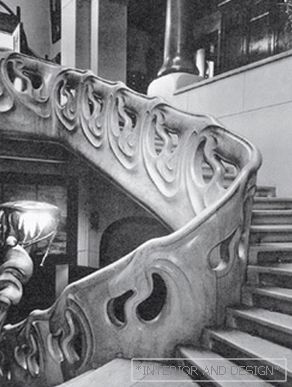

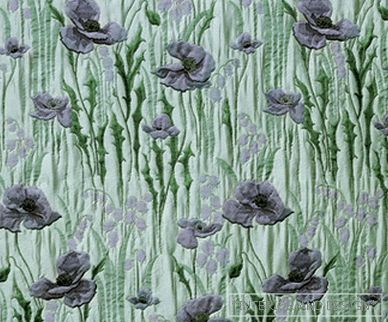
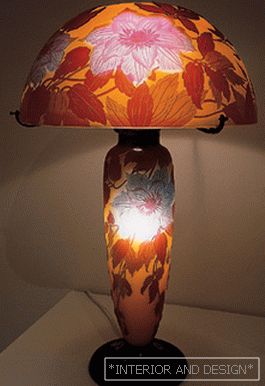
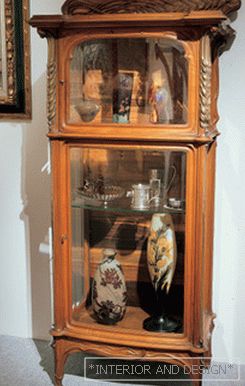
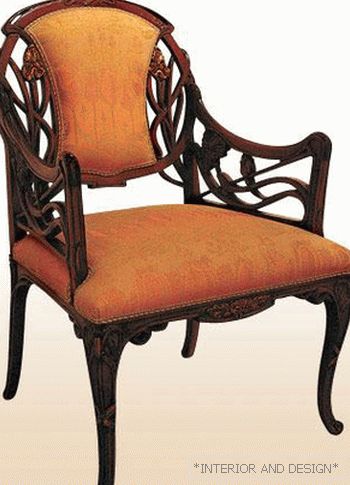
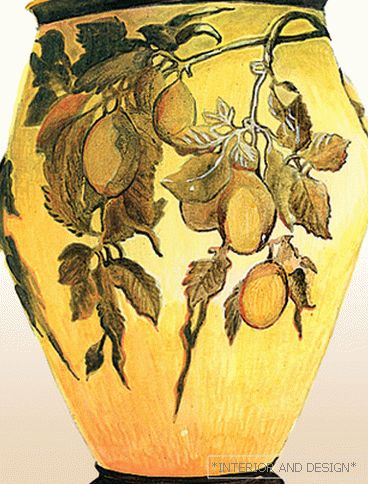
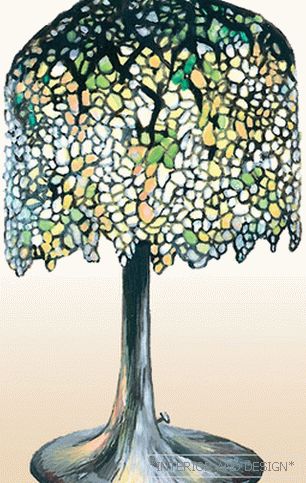


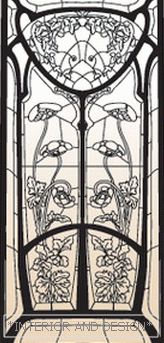
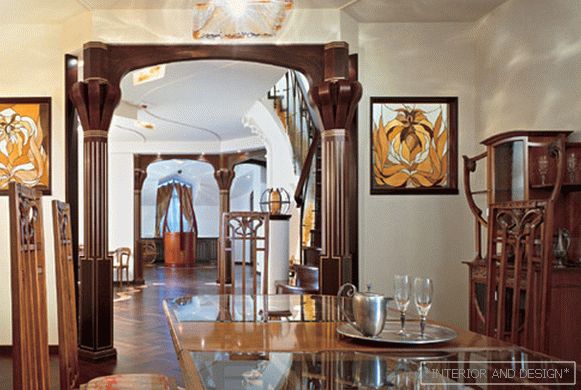 Passing the gallery
Passing the gallery Materials prepared: Julia Sakharova
Magazine: N (87) 2004
In Russia and England - modern, in Germany - art nouveau, in Austria - secession, in Italy - liberty, in France - art nouveau. A young, free new style captured Europe for a short time, but it changed it radically. Instead of an intricate system of historical styles, a single artistic language emerged, which was supposed to correspond to the era of technical progress. He began to take shape in book graphics and posters, appeared on wallpaper and printed fabrics, and then subdued architecture and furniture design. Its rapid spread was helped by world exhibitions, and above all by the grandiose Paris of 1900, with which Europe marked the transition to a new century.
Modern was proclaimed a universal style, which should draw all the living space of a modern person to the last detail. The capriciousness of the forms should not contradict the comfort and practicality of things. The house from the inside and outside was designed as an integral artistic object suitable for a normal life. The flowing lines of the floral ornament (or florereal, in other words) climb the columns to the ceiling, surround the doorways, stream through the painted, stuccoed or fabric-covered walls, spill over to the wooden panels and slide onto the parquet pattern.
As once in the art of Rococo, modern strives to maximize the synthesis of all parts of the interior. Furniture literally comes out of the walls. Console shelves grow from curls of wall sculpting or carving. And individual items are perceived as accents in a single composition of the room.
Niches and shelves are generally very popular. They are not only on the walls, but also on fireplaces, cabinets, cupboards, sofas. Everywhere you can put photos, or books, or decorative trifles, the production of which is experiencing a real boom.
Portieres, furniture upholstery, wallpaper is almost always with whimsical floral ornaments, large flowers or Japanese
Modern was omnivorous and could use both exotic and very simple decorative materials and wood species. In the expensive furniture used hand carving, inlay, crystal panels. In cheap - glass, stamped stamping on plywood and inserts factory decorations made of copper and brass. New style does not seek aristocracy. Industrial production of inexpensive furniture is developing rapidly, so that middle-class people can afford a trendy environment.
Modern is usually divided into two main areas - decorative and constructive. In the first, the French were particularly successful, for whom the furniture could turn into almost a sculpture. Constructive direction won in Russia. Rational factory production of serial furniture required simplified forms and cost-effective decor.
But for all its simplicity, modern is almost the only style that does not tolerate competition and is not compatible with anything else. Yes, and you can not find modernity with fire in the afternoon. It turns out that you have to do everything on order: from tables to doors.

